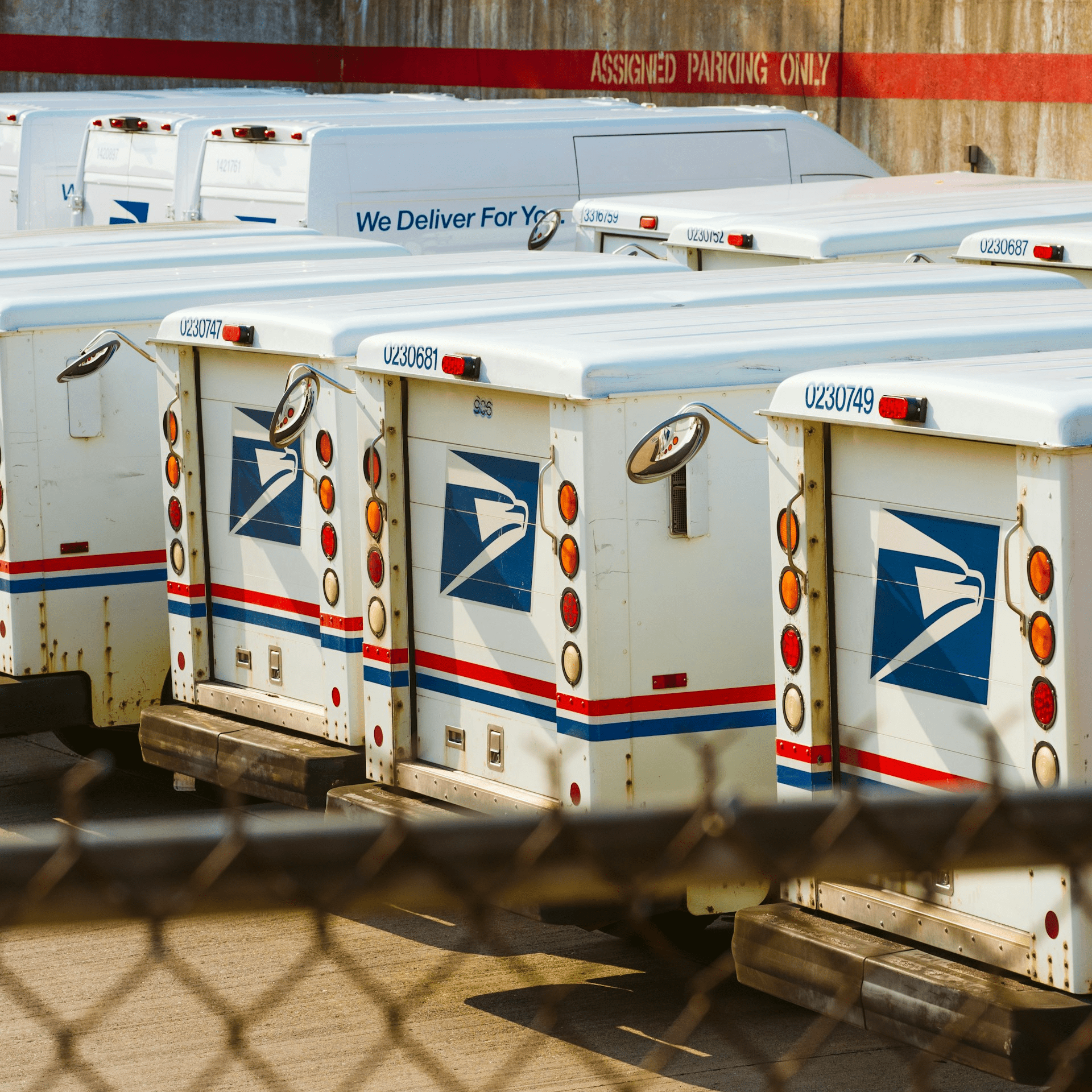Key Takeaways:
- Postal retirees need to understand how PSHB and Medicare work together to optimize their healthcare benefits.
- Coordinating PSHB with Medicare can help postal retirees ensure comprehensive coverage and avoid unnecessary costs.
How Does PSHB Mesh with Medicare? A Simple Guide for Postal Retirees Navigating Their Benefits
As a postal retiree, understanding how your Postal Service Health Benefits (PSHB) integrate with Medicare can be crucial for maximizing your healthcare coverage. This guide aims to simplify the process, breaking down the essential details to help you navigate your benefits effectively.
What’s the Deal with PSHB and Medicare?
Postal Service Health Benefits (PSHB) and Medicare are both essential components of healthcare for postal retirees. PSHB is specifically designed for postal workers and retirees, providing a range of health benefits that cater to their unique needs. Medicare, on the other hand, is a federal health insurance program primarily for individuals aged 65 and older, though certain younger individuals with disabilities may also qualify.
For postal retirees, it’s important to understand how these two systems interact. PSHB serves as your primary health insurance until you become eligible for Medicare at age 65. Once you are eligible, Medicare generally becomes your primary insurance, with PSHB serving as secondary coverage. This integration can help reduce out-of-pocket costs and ensure more comprehensive coverage.
Starting January 1, 2025, PSHB will replace the Federal Employees Health Benefits (FEHB) program for postal employees and retirees. This transition aims to create a separate risk pool, which can lead to more tailored benefits and potentially lower premiums. Medicare-eligible postal retirees will need to enroll in Medicare Part B to maintain their PSHB coverage. This requirement ensures a seamless integration of benefits and minimizes coverage gaps.
Breaking Down Postal Retiree Benefits
Navigating your benefits as a postal retiree involves understanding the specific features of PSHB and Medicare. PSHB offers a variety of health plans similar to those provided under the FEHB program but tailored to postal employees. These plans include comprehensive medical, dental, and vision coverage.
When you retire and become eligible for Medicare, you will typically enroll in Medicare Part A (hospital insurance) and Medicare Part B (medical insurance). Enrolling in Medicare Part B is a requirement for continuing PSHB coverage. This coordination between PSHB and Medicare ensures that your healthcare needs are met efficiently and cost-effectively.
Additionally, PSHB plans will now include a Medicare Part D prescription drug plan, starting in 2025. This integration simplifies the process, allowing you to manage your health benefits under a unified system. Medicare Part D helps cover the cost of medications, ensuring that you have access to the necessary prescriptions without facing high out-of-pocket expenses.
How Does PSHB Fit Into Your Medicare Plan?
Integrating PSHB with Medicare requires careful planning. As of 2025, PSHB will offer plans that include a Medicare Part D prescription drug plan, which helps cover the cost of medications. This integration simplifies the process, allowing you to manage your health benefits under a unified system.
To continue with a PSHB plan, you must enroll in Medicare Part B when you become eligible. Failure to enroll in Medicare Part B can result in losing your PSHB coverage. It’s essential to mark your calendar and enroll during the Medicare open enrollment period to avoid any gaps in coverage.
Moreover, PSHB plans are designed to complement Medicare, providing additional coverage that Medicare does not fully cover. For instance, Medicare Part A and Part B have deductibles and coinsurance costs that can add up quickly. With PSHB as secondary insurance, these costs can be significantly reduced, making healthcare more affordable.
Navigating Medicare with Your Postal Benefits
Navigating Medicare alongside your postal benefits can seem daunting, but it becomes manageable with a clear understanding of the process. Once you are enrolled in Medicare, PSHB will act as secondary insurance, covering costs not paid by Medicare. This can include copayments, coinsurance, and deductibles.
For example, if you visit a doctor, Medicare Part B will cover 80% of the approved amount, and PSHB will help cover the remaining 20%. This complementary coverage can significantly reduce your out-of-pocket expenses, ensuring you receive the care you need without financial stress.
Additionally, Medicare Part D integrated within PSHB plans will help cover prescription drug costs, which can be a significant expense for retirees. By having both Medicare and PSHB, you ensure that most of your healthcare costs are covered, giving you peace of mind.
What Postal Retirees Need to Know About PSHB
As a postal retiree, staying informed about changes to PSHB is crucial. Starting in 2025, PSHB plans will replace FEHB plans for postal employees and retirees. This shift is designed to create a separate risk pool, potentially lowering premiums and offering more tailored benefits.
One significant change is the requirement for Medicare-eligible retirees to enroll in Medicare Part B to maintain their PSHB coverage. This enrollment ensures that your health benefits are optimized, leveraging both Medicare and PSHB to provide comprehensive care.
It’s also important to understand that PSHB plans will offer a Medicare Part D employer group waiver plan (EGWP) for prescription drugs. This means that your prescription drug coverage will be streamlined and potentially more affordable, as it is designed to work seamlessly with Medicare.
Simplifying Your Medicare Options as a Postal Retiree
Simplifying your Medicare options involves understanding the different parts of Medicare and how they integrate with PSHB. Medicare Part A covers hospital stays, while Medicare Part B covers outpatient services and doctor visits. Medicare Part D provides prescription drug coverage, which will be integrated into PSHB plans.
Enrolling in these parts of Medicare and coordinating them with your PSHB plan can help you avoid unnecessary expenses and ensure that all your healthcare needs are covered. It’s beneficial to review your health needs annually and adjust your coverage as necessary during the open enrollment periods.
Moreover, PSHB plans are designed to offer additional benefits that Medicare does not cover, such as dental and vision care. This makes it important to choose a PSHB plan that complements your Medicare coverage, providing comprehensive care.
Medicare and PSHB: Making It Work for You
To make the most of your Medicare and PSHB benefits, consider the following tips:
- Enroll on Time: Ensure you enroll in Medicare Part B when you become eligible to maintain your PSHB coverage.
- Review Your Plan Options: During the open enrollment period, review the available PSHB plans and select the one that best meets your healthcare needs.
- Stay Informed: Keep up with any changes to Medicare and PSHB regulations to avoid surprises and make informed decisions about your healthcare coverage.
- Utilize Preventive Services: Both Medicare and PSHB cover preventive services at no additional cost. Take advantage of these services to maintain your health and catch any issues early.
Understanding how to navigate these benefits and how they interact will help you avoid any gaps in coverage. For example, ensuring timely enrollment in Medicare Part B and understanding the integration of Medicare Part D within PSHB plans will streamline your healthcare management.
Tips for Postal Retirees Managing Medicare and PSHB
Managing your healthcare coverage as a postal retiree involves staying organized and proactive. Here are some additional tips:
- Keep Records: Maintain detailed records of your medical expenses, insurance claims, and correspondence with healthcare providers and insurance companies.
- Ask Questions: If you have any questions about your benefits, don’t hesitate to contact the PSHB help line or a licensed insurance agent for assistance.
- Stay Updated: Regularly check official resources such as the Office of Personnel Management (OPM) and Medicare websites for the latest information on your benefits.
Making the Transition Smooth
Transitioning from FEHB to PSHB while integrating Medicare requires careful planning. Start by understanding the timeline for open enrollment periods and ensure that all necessary paperwork is submitted on time. Additionally, consider attending informational sessions or webinars offered by OPM or other trusted sources to stay informed about any changes or updates to your benefits.
Staying informed and proactive will help you maximize the benefits available to you and ensure a smooth transition. Regularly reviewing your coverage and understanding the benefits of integrating PSHB with Medicare will allow you to make the best decisions for your health and financial well-being.
Ensuring Comprehensive Coverage
Ensuring comprehensive coverage as a postal retiree involves understanding how PSHB and Medicare work together. By enrolling in Medicare Parts A and B, and selecting a suitable PSHB plan, you can maximize your healthcare benefits and minimize out-of-pocket costs. Stay informed, review your options annually, and take full advantage of the preventive services offered by both Medicare and PSHB. This proactive approach will help you navigate your benefits efficiently and enjoy a worry-free retirement.
Contact Information:
Email: [email protected]
Phone: 7045556789







